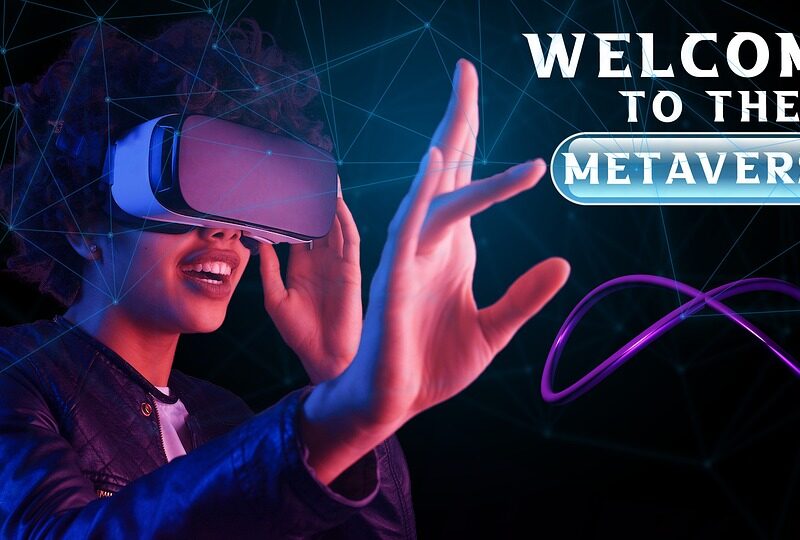Recently in class, we were discussing sources for royalty free images. Locating free image resources is a challenge that I’ve faced both as an instructional design student and my work as a webmaster. Luckily, there are several great resources available.
One of my personal favorites is Pixaby. Pixaby is a great location for photographs, vector graphics, and illustrations. It has been my go-to resource for royalty-free images for several years now. In fact, the featured image on this post was downloaded from Pixaby.
However, this week, I found another fantastic resource: Pexels
So, what is the difference between Pixaby and Pexels? Let me tell you a little story.
This week I was asked to by one of the faculty in the University of Tennessee Department of Public Health to make a post on the department website about an article of hers that was recently published in Psychology Today. The topic of the article in question was how to talk to your kids about sex. OK, so the challenge began, what featured image should I use for a post about parents having a difficult discussion with their kids?
But tying the theme of an image to the topic isn’t the only challenge that designers face when trying to choose an image to use. Diversity and inclusion is a major thing to consider. Unfortunately, while Pixaby does offer thousands of choices, I’ve noticed that a sizable percentage of those seem to originate from either Eastern Europe or Asia, which impacts diversity. Also, while Pixaby does have a huge database of images, Iately I’ve noticed that some of the collections are smaller than they used to be. Images I could formerly find there are no longer available.
Basically, that’s a long way of explaining that I wasn’t satisfied with the options available on Pixaby due to both thematic (I couldn’t find anyone that looked like they were having a serious conversation with a child of any age) and diversity reasons.
After a brief internet search, I stumbled across an article listing several resources for diverse images. And one of those resources listed was Pexels. And, oh my goodness, was I impressed when I visited.
When you visit Pexels’s main page, the images you see at first don’t look that different than what you find on Pixaby. But enter “diversity” into the search bar and an entire world of choices pops up on the screen. Race, ethnicity, body image, sexuality, counterculture, you name it, it’s there. And the images are of professional quality, too.
Another useful feature is that when you click on an image, there is a small button on the corner of the screen that tells you if the photographer has placed any a limitations on the usage of the image. Is it free to use or does the creator ask for a donation? Do they want to be credited? All of the images that I looked at personally were completely free to use and no credit required. But it is nice to have that information so easy to find.
Pexels can’t be used for every situation though. Photographs are the only files available. If you need illustrations or drawings, you’ll have to look elsewhere. Luckily Pixaby still has thousands of those available.
Using Pexels and Pixaby together can meet nearly any royalty-free image challenge that an instructional designer (and webmaster) might have.
And in case you are curious, here is the image that I chose to use in my post.



